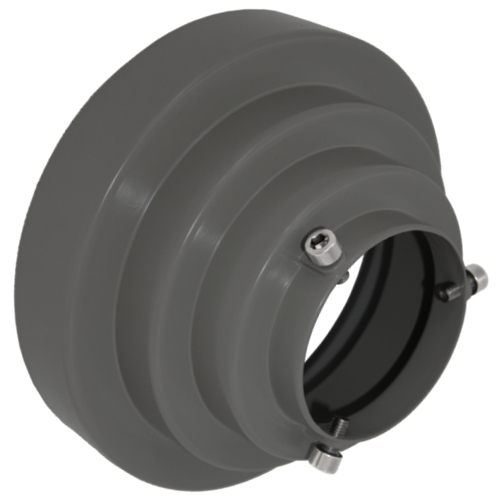A couple of questions.
1.) When replacing a C Band LNB, should you replace the scalar with the one that comes with the LNB?
2.) Is there anything going on with the Alaska Mux on 137? I can get the radio stuff over on 139 with a decent Q and I get stuff on 135 with a decent Q, so thought I would ask the question if it was me or not. This why I'm seriously considering taking my cheapo combo C/Ku LNB off and putting up my Titanium C1/PLL. Was holding it for when the cheapo croaked, but thinking maybe I should make the cheapo a standby model.
Thanks in advance.
1.) When replacing a C Band LNB, should you replace the scalar with the one that comes with the LNB?
2.) Is there anything going on with the Alaska Mux on 137? I can get the radio stuff over on 139 with a decent Q and I get stuff on 135 with a decent Q, so thought I would ask the question if it was me or not. This why I'm seriously considering taking my cheapo combo C/Ku LNB off and putting up my Titanium C1/PLL. Was holding it for when the cheapo croaked, but thinking maybe I should make the cheapo a standby model.
Thanks in advance.



